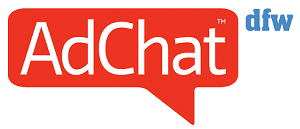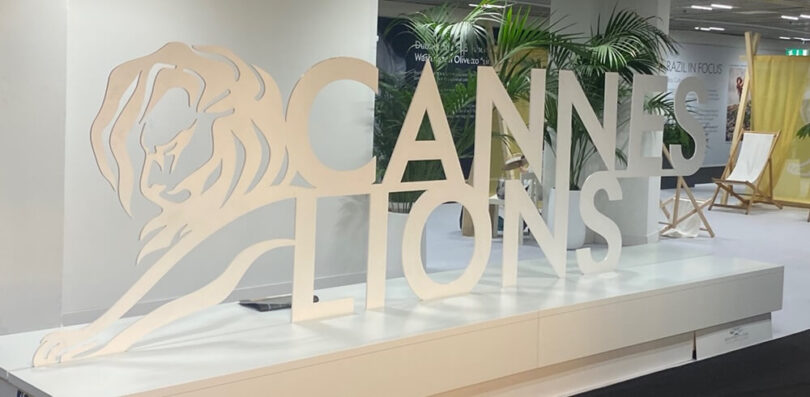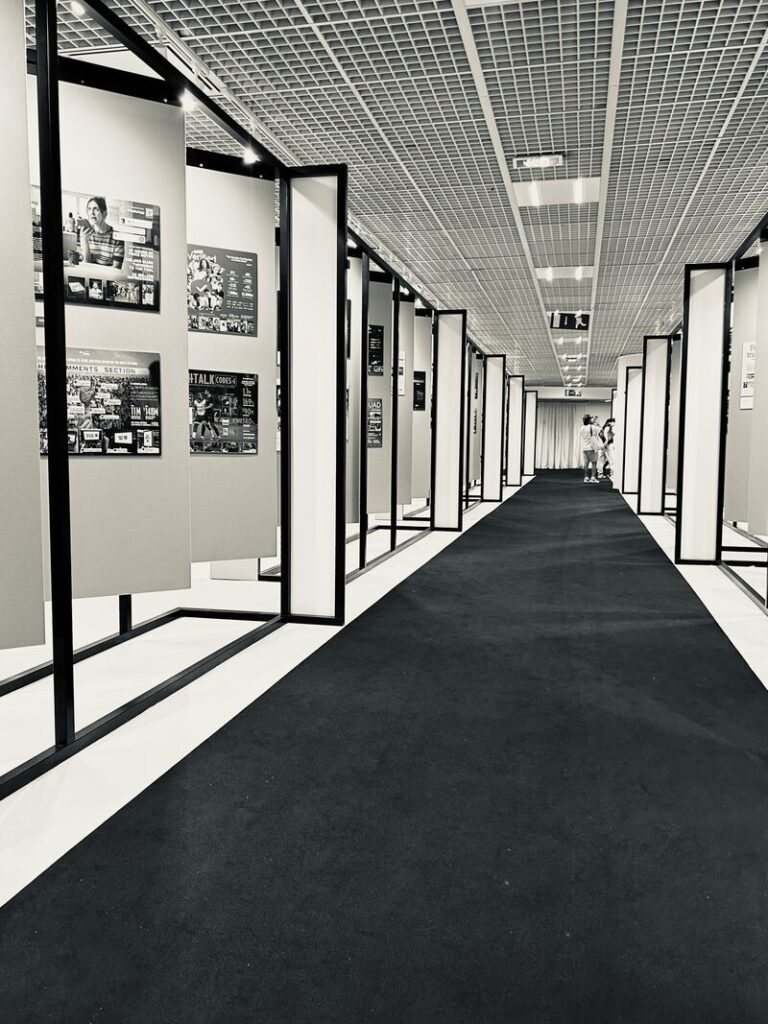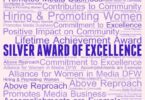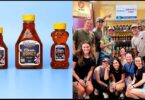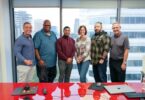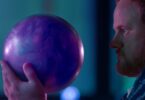The improbable/magical thing about the Cannes Lions International Festival of Creativity is the way the overwhelming swirl of ideas and conversations somehow clarifies your thinking on critical issues. Here is what our delegates took away from the Croisette this year…
FACT CHECK: ARE WE REALLY PUTTING PEOPLE FIRST?
If you guessed that AI dominated every conversation, you’d be right. The mantra was familiar: “People first, then creativity, then technology.” But after a week of panels and discussions, I couldn’t shake the feeling that we’re still getting this backward in practice.
Everyone at Cannes said the right things about people and creativity. But when it came down to it, the spotlight always circled back to the technology: the latest generative models, the automation of workflows, the acceleration of content production. The “people” part? It was there, but mostly as a soundbite and rarely as a subject of real, meaningful discussion.
Mustafa Suleyman’s talk was the one real exception. As the CEO of Microsoft AI, Suleyman has become a regular at these events, but this year his message cut through the hype. He challenged us to see AI not as a tool, but as a “creative companion,” as something that can augment our work, help us ideate faster, and push creative boundaries, if we’re willing to learn how to harness it. He cautioned against complacency, urging the industry to stop thinking of AI as a magic paintbrush and start reimagining how we work alongside it. Suleyman asked the tough question: Are we truly preparing ourselves and our teams for a future where AI is a collaborator, not just a utility? and How are we preparing for the business model of 2030?
But here’s what struck me… I actually saw and heard little evidence that the industry is seriously addressing what comes next for people. On my flight home, I tried to do some digging. The 2025 Deloitte Digital Media Trends Report raised the same red flag, noting that while “78% of creative leaders say they’re excited about AI, only 24% have concrete plans for upskilling or redefining roles.” And, when our CCO, Harris Wilkinson, said “Human experiences and failures form you and give you taste and opinions and interesting POV’s…” it truly concerned me for how we will cultivate these types of lessons.
So here’s my challenge to the industry: Who is truly thinking about what our new creative career paths look like? How will job descriptions change? What new skills, mindsets, and training will we need—not just to survive, but to thrive as creative professionals in an AI-first world? Who is responsible for making sure we don’t leave people behind? I believe all of us need to take a piece of this challenge in order to move us forward.
Cannes Lions 2025 was a masterclass in AI optimism. But if we’re serious about “people first,” it’s time to move beyond lip service and start the hard, necessary work of reimagining the future of creative work.
I would love to hear from you if your organization has a plan, or if you have ideas in this space. Let’s start sharing not only great AI optimization ideas, but also great people ideas.
– Trina Roffino, CEO
IT’S OFFICIAL, WE DON’T OWN THE BRAND
There’s a long-standing statement that a brand belongs to people, not to “us.” I think if we’re honest, we haven’t always behaved that way. But this year’s festival cemented this idea.
The three dominant themes of the festival were: creators, brands as entertainers, and wait for it…AI. In each of these, we’re partners, not sole proprietors.
While we may brief creators, it was clear that success comes when we allow their voices, approaches and processes to lead. Being entertaining (which is different from creating entertainment) means being flexible in the moment and context of our messaging – perhaps less stringent on a single tone of voice and loosening the old brand guidelines. It’s also about being nimble across distribution platforms. And with AI leveling the playing field on content creation, we need to adjust to allow the tools to be our partners in acceleration.
So my biggest takeaway…the winning brands and agencies are going to be the ones who roll out the welcome mat to let others in, human and otherwise and get very comfortable with not always being in charge, but being the ones with more questions than answers.
– David Matathia, EVP Strategy
THE LIFE BRIEF
Brand strategist Bonnie Wan has written a book called “The Life Brief: A Playbook For No-Regrets Living,” and her session continues to resonate with me. As I reflect about the time in Cannes, I find myself thinking about my own life brief.
How do you write your own life brief? Where do you begin to unlock patterns you don’t see or things you don’t know about yourself? She encouraged us to look inside ourselves with one simple question. What do you want?
Being curious and creative allows us to lean into possibilities we otherwise might not have engaged. Clarity and the life brief help you know what bets you want to make to lean into a life that is full and bold.
The industry is in flux, and the world is in crisis. Things are changing and the playbooks we had are no longer relevant. People with huge potential are playing it safe and small because they have been told they are too much or not enough.
We can create life or sleepwalk through it. We can author our stories or walk through another’s. We can miss the past or reinvent for the future.
Let’s lean into our own life brief.
– Lori Thelen, SVP Account
WALK THE WORK
This year marked my first trip to the festival.
And while I was well-prepped by colleagues on what to expect, it was hard not to get swept up along the Croisette in the over-the-top beachfront activations, neon brand lights, or the late night (read: into early morning) events. It’s overwhelming; there is so much to see, do, absorb.
So, in a year where attention was fragmented and AI dominated every single panel; one clear takeaway emerged for me…
Human creativity is not lost; you just have to look in the basement.
The Palais basement was a treasure trove of creativity. Between the rows and rows of highlighted work from around the globe and the Jury talks where they dissected the judged work – I found inspiration and awe for what our industry produced this year.
The Jury Panels were both reminders of the fundamentals – but also provoking in how the work was reviewed amongst hundreds of cases.
Here were a few of my personal takeaways from roaming the work:
- A simple, clear insight or problem to solve stood out (the dream of every brief!)
- A great idea creates tension.
- Awareness is never enough – the most outstanding work either made a consumer act or improved the problem.
- Innovations – both product developments and creative tactics – were the most compelling work. How can we use creativity for good?
- And yes, metrics always matter.
Make the time to follow up and go deep on the Cannes Cases. Many talented humans poured countless hours into not only creating the work but developing the cases for us all to learn and improve. Find your own inspirations and aha moments to take back to your day jobs – because after all, creativity is expressed in thoughts and actions, not titles.
– Whitney DeMercurio, SVP Account
BE UNREASONABLE
As the use of AI (or IA as they say in French) continues to grow as fast as the power of the available tools, the subject of finding ways to “keep the work human” came up over and over throughout various presentations. While that sentiment is great, the conversation of how we’ll keep humanity at the center was short on details, but at least that conversation was happening.
During a presentation by Nick Law from Accenture Song, he mentioned how AI models are reasoning models and humans are inherently unreasonable. So, he challenged us to be, as Rick Rubin put it, unreasonably human as a way to bring value as creatives to a world with more and more-powerful executional tools available to us every day.
– Nick Cernoch, Creative Director
